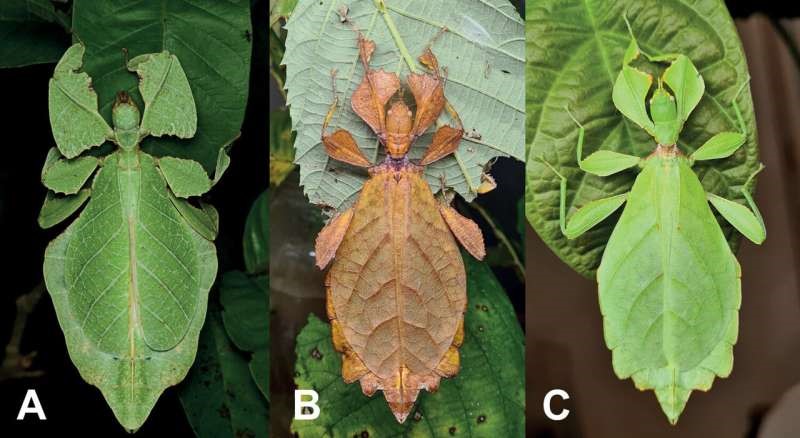Free Courses Sale ends Soon, Get It Now


Free Courses Sale ends Soon, Get It Now



Disclaimer: Copyright infringement not intended.
Context
Details
Physical Characteristics:
Camouflage and Challenge
Genetic Insights
Taxonomy Complexity
Geographical Origins
Diverse Insect Family
Feeding and Diet
Reproduction and Life Cycle
Geographical Distribution
Behavior and Locomotion
Threats
Conclusion
In conclusion, the discovery of these new leaf insect species sheds light on the intricacies of mimicry in the natural world. Genetic insights have unveiled hidden diversity within these cryptic creatures, underscoring the importance of conservation efforts to protect these unique and remarkable insects.
|
PRACTICE QUESTION Q. Which of the following statements about walking leaves, also known as leaf insects, is true? 1. Walking leaves are known for their ability to imitate the appearance of rocks and pebbles. 2. Genetic analysis cannot be used to differentiate between different species of walking leaves. 3. Walking leaves are categorized within the stick and leaf insect order. 4. Walking leaves are primarily found in desert environments. Options: A. 1 and 2 only B. 3 only C. 2 and 4 only D. 1 and 3 only Answer: B |
https://phys.org/news/2023-08-curious-cryptic-leaf-insects.html
© 2024 iasgyan. All right reserved